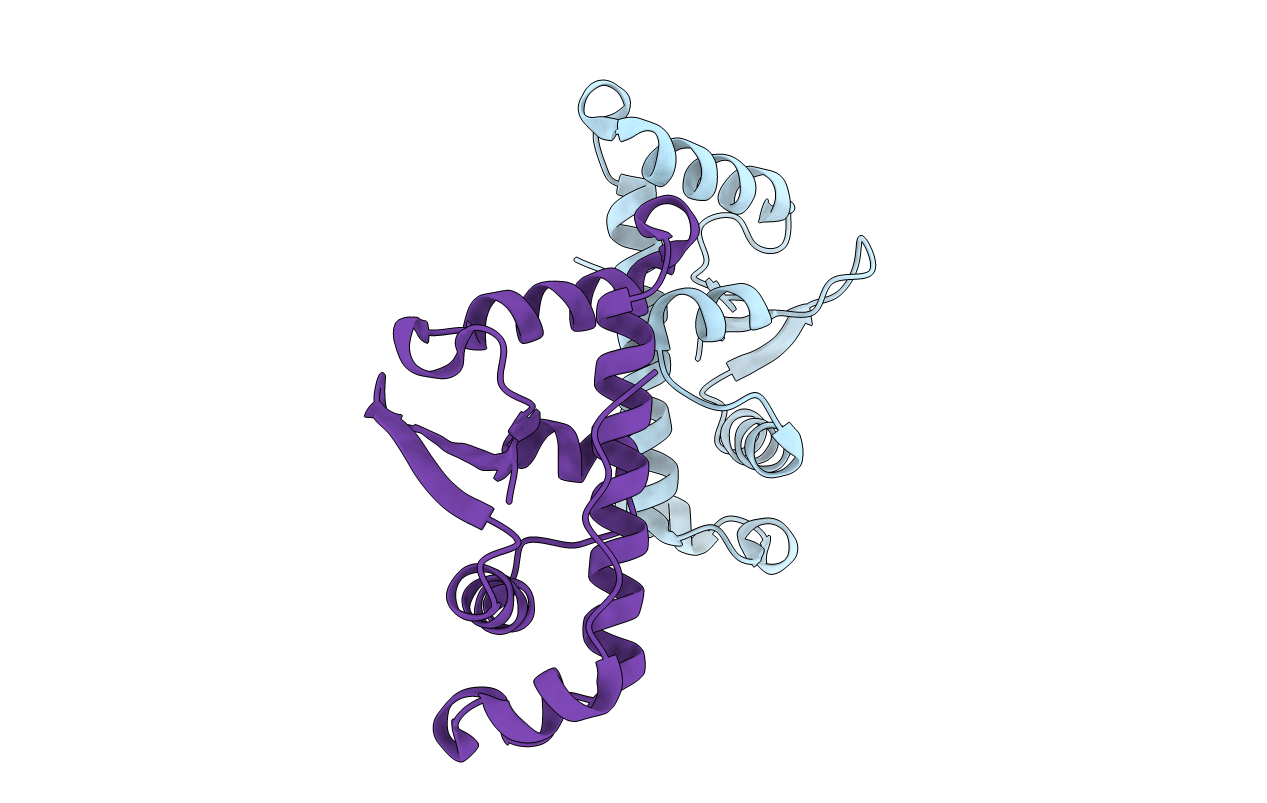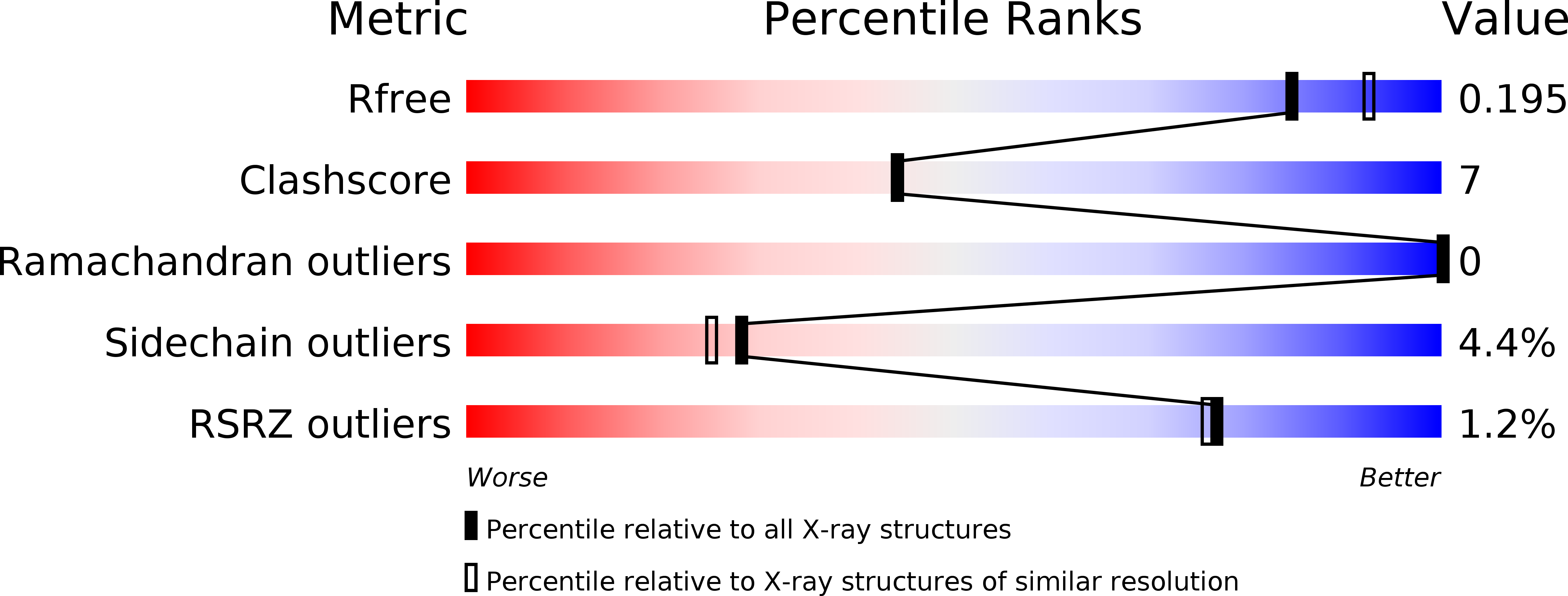
Deposition Date
2013-10-04
Release Date
2014-01-22
Last Version Date
2024-11-20
Entry Detail
PDB ID:
4C9Y
Keywords:
Title:
Structural Basis for the microtubule binding of the human kinetochore Ska complex
Biological Source:
Source Organism:
HOMO SAPIENS (Taxon ID: 9606)
Host Organism:
Method Details:
Experimental Method:
Resolution:
2.01 Å
R-Value Free:
0.24
R-Value Work:
0.19
R-Value Observed:
0.19
Space Group:
C 2 2 21


